Table of content
Introduction
Chestnuts, known for their sweet and nutty flavor, are a popular treat during the fall and winter seasons. Whether enjoyed roasted, boiled, or baked, chestnuts offer a delightful and warming snack that can be enjoyed by people of all ages. However, one of the biggest challenges when cooking chestnuts is achieving both deliciousness and easy peeling. Many home cooks struggle with peeling chestnuts, finding the outer shell and inner skin stubbornly adhered to the flesh. In this article, we will explore various methods and techniques to cook chestnuts perfectly, ensuring they are not only delicious but also easy to peel.
Understanding Chestnuts
Before diving into the cooking process, it’s essential to understand the structure of a chestnut. A chestnut consists of three main layers: the outer husk, the hard shell, and the inner skin (or pellicle). The outer husk is the prickly, protective layer that surrounds the chestnut when it’s still on the tree. This is removed before cooking. The hard shell is the sturdy, outer layer that protects the chestnut flesh. The inner skin is a thin, fibrous membrane that sticks tightly to the chestnut flesh and can be quite challenging to remove.
Choosing the Right Chestnuts
The first step in achieving delicious and easy-to-peel chestnuts is selecting the right ones. Here are some tips for choosing high-quality chestnuts:
-
Appearance: Look for chestnuts with smooth, shiny shells that are free from cracks, holes, or mold. The shells should be a uniform brown color.
-
Freshness: Choose chestnuts that are fresh and have been recently harvested. Fresh chestnuts will have a firm texture and a fresh, nutty aroma.
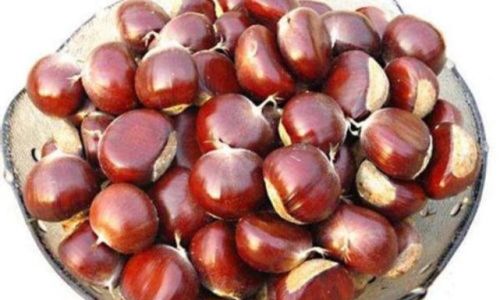
-
Size: While size doesn’t necessarily indicate quality, larger chestnuts tend to have more flesh and can be easier to peel.
-
Origin: Chestnuts from regions known for their chestnut production are often of higher quality. Look for chestnuts from areas with a reputation for producing good-quality nuts.
Preparing Chestnuts for Cooking
Before cooking chestnuts, they need to be properly prepared. Here’s how to prepare chestnuts for cooking:
-
Cleaning: Rinse the chestnuts under cold running water to remove any dirt or debris. Use a vegetable brush to scrub off any stubborn dirt.
-
Scoring: Use a sharp knife to make a small “X” on the flat side of each chestnut. This will help the steam escape during cooking and make the shell easier to peel.
-
Soaking (Optional): Some recipes recommend soaking chestnuts in water for a few hours or overnight before cooking. This can soften the inner skin and make it easier to peel. However, soaking can also cause the chestnuts to absorb too much water, making them mushy. It’s a personal preference whether to soak or not.
Boiling Chestnuts
Boiling is one of the simplest and most popular methods for cooking chestnuts. Here’s how to boil chestnuts for deliciousness and easy peeling:
Ingredients:
- Fresh chestnuts
- Water
- Salt (optional)
Instructions:
-
Prepare the Chestnuts: Clean and score the chestnuts as described above.
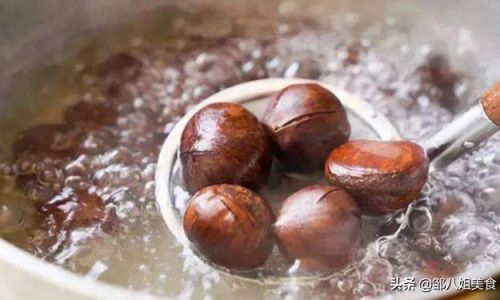
-
Boil the Water: Fill a large pot with enough water to fully submerge the chestnuts. Add a pinch of salt if desired (this can enhance the flavor but is optional). Bring the water to a rolling boil.
-
Add the Chestnuts: Carefully add the scored chestnuts to the boiling water. Use a spoon to stir them gently to ensure they don’t stick to the bottom of the pot.
-
Cooking Time: Boil the chestnuts for about 15-20 minutes, depending on their size. Smaller chestnuts will cook faster, while larger ones may need more time. Test for doneness by piercing a chestnut with a fork; it should pierce easily through the shell and flesh.
-
Drain and Cool: Once cooked, remove the chestnuts from the boiling water using a slotted spoon and let them drain on a kitchen towel or paper towels. Allow them to cool slightly for a few minutes.
-
Peeling: While the chestnuts are still warm but not too hot to handle, peel off the outer shell and inner skin. The “X” you made earlier should make it easier for the steam to escape and the shell to come off.
Tips for Easy Peeling:
- Use a Towel: Wrap the chestnut in a clean kitchen towel before peeling. This can provide a better grip and prevent the chestnut from slipping out of your hand.
- Peel While Warm: Peel the chestnuts while they are still warm. As they cool, the inner skin can become more difficult to remove.
- Don’t Overcook: Overcooking can make the chestnuts mushy and the inner skin more difficult to peel.
Roasting Chestnuts
Roasting chestnuts is another popular method that results in a delicious, caramelized flavor. Here’s how to roast chestnuts for deliciousness and easy peeling:
Ingredients:
- Fresh chestnuts
- Olive oil or butter (optional)
- Salt (optional)
Instructions:
-
Prepare the Chestnuts: Clean and score the chestnuts as described above.
-
Preheat the Oven: Preheat your oven to 400°F (200°C).
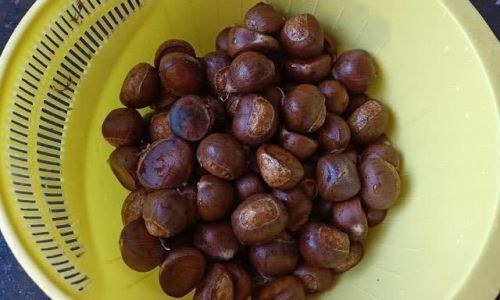
-
Optional Coating: If desired, coat the chestnuts lightly with olive oil or melted butter. This can help them roast more evenly and add a bit of extra flavor. Sprinkle with a pinch of salt if desired.
-
Roasting: Place the chestnuts in a single layer on a baking sheet. Make sure they are not overcrowded, as this can prevent them from roasting evenly. Roast in the preheated oven for about 20-25 minutes, shaking the pan occasionally to ensure even cooking.
-
Cooling and Peeling: Once roasted, remove the chestnuts from the oven and let them cool slightly. Peel off the outer shell and inner skin while they are still warm.
Tips for Easy Peeling:
- Use a Fork: After roasting, you can use a fork to press gently on the flat side of the chestnut. This can help loosen the shell and make it easier to peel.
- Watch for Bubbling: Look for the “X” you made earlier to start bubbling and opening up. This is a sign that the chestnuts are ready to be peeled.
Baking Chestnuts
Baking chestnuts is a great method for achieving a crispy outer shell and tender, flavorful flesh. Here’s how to bake chestnuts for deliciousness and easy peeling:
Ingredients:
- Fresh chestnuts
- Olive oil or butter (optional)
- Salt and pepper (optional)
Instructions:
-
Prepare the Chestnuts: Clean and score the chestnuts as described above.
-
Preheat the Oven: Preheat your oven to 375°F (190°C).
-
Optional Seasoning: If desired, coat the chestnuts lightly with olive oil or melted butter. Sprinkle with salt and pepper to taste.
-
Baking: Place the chestnuts in a single layer on a baking sheet. Bake in the preheated oven for about 25-30 minutes, shaking the pan occasionally to ensure even cooking.
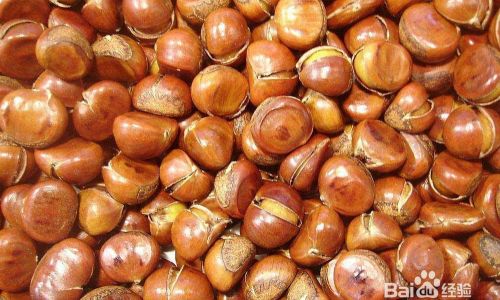
-
Cooling and Peeling: Once baked, remove the chestnuts from the oven and let them cool slightly. Peel off the outer shell and inner skin while they are still warm.
Tips for Easy Peeling:
- Use a Knife: After baking, you can use a small knife to gently pry open the shell along the scored line. This can make it easier to remove the shell and inner skin.
- Check for Doneness: Bake until the shells are slightly cracked and the flesh is tender. Overbaking can make the chestnuts dry and tough.
Microwaving Chestnuts
While microwaving chestnuts isn’t as common as boiling, roasting, or baking, it can be a quick and convenient method for cooking a small batch. Here’s how to microwave chestnuts for deliciousness and easy peeling:
Ingredients:
- Fresh chestnuts
- Water
Instructions:
-
Prepare the Chestnuts: Clean and score the chestnuts as described above.
-
Microwave Preparation: Place the chestnuts in a microwave-safe bowl and add enough water to cover the bottom of the bowl (about 1/4 inch of water). This will help create steam and prevent the chestnuts from drying out.
-
Microwave Cooking: Cover the bowl with a microwave-safe lid or plastic wrap (vented to allow steam to escape). Microwave on high for about 3-5 minutes, depending on the power of your microwave and the size of the chestnuts. Check for doneness by piercing a chestnut with a fork; it should pierce easily through the shell and flesh.
-
Cooling and Peeling: Carefully remove the bowl from the microwave
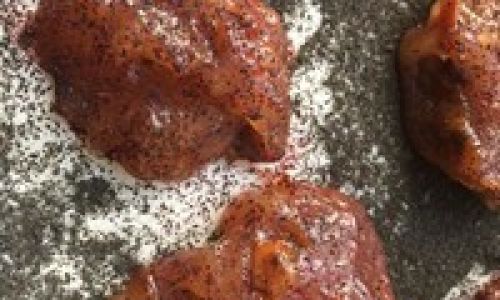

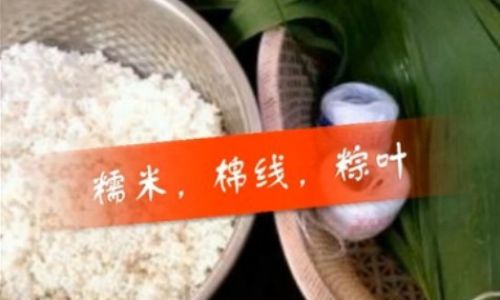


0 comments